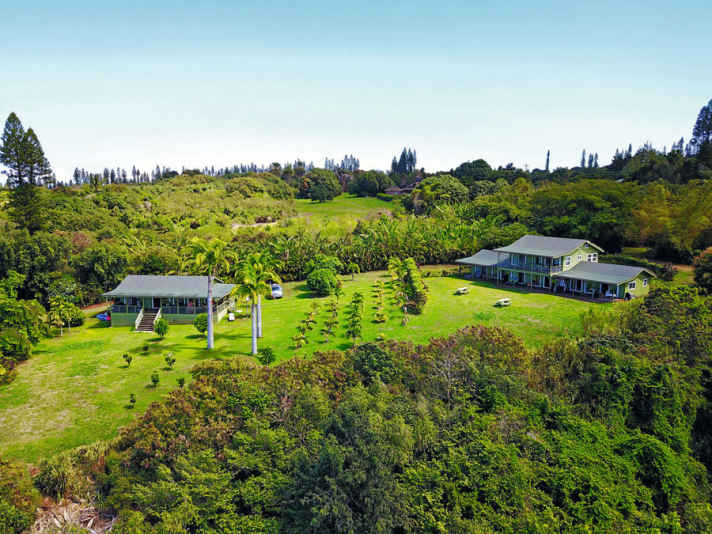Adventurer Bart de Zwart
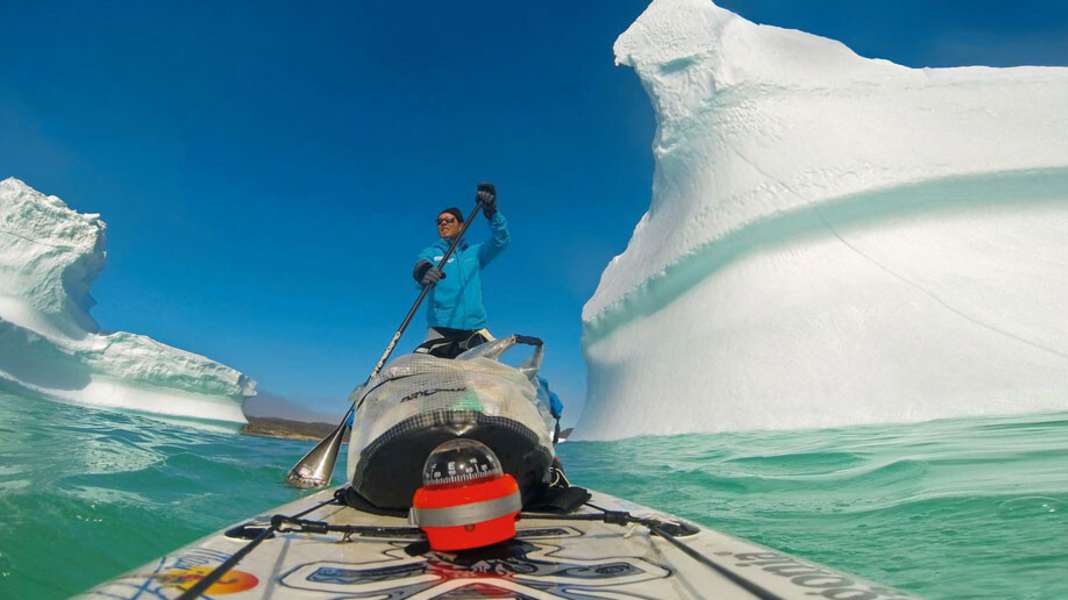
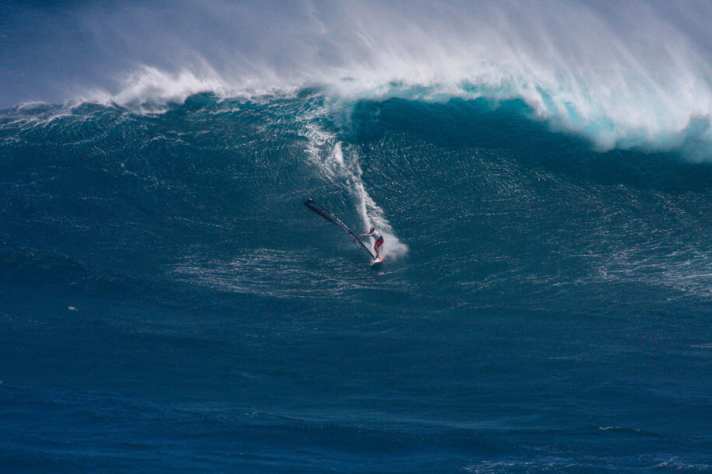
If the cliché that the Dutch are keen travellers is true, then Bart de Zwart takes this cliché to the extreme. He grew up on a houseboat in Holland and travelled with his parents in the winter months on a boat in southern climes. He later worked as a windsurfing instructor in Greece and then as a centre operator on the Caribbean island of Isla Magarita. From there, he was drawn to the Hawaiian island of Maui, which he left three years later for a round-the-world trip on a sailing boat with his German wife Dagmar and their young daughter Soleil. The trip lasted three years. The fact that he has now been back on Maui for almost ten years does not mean that the 48-year-old has grown tired of travelling. On the contrary, during this time he has quietly and secretly become probably the greatest SUP adventurer of all. Stand-up paddling has opened up completely new possibilities for him. We met Bart for an interview in his surf shop in Kahului on Maui, not far from the dream spots.
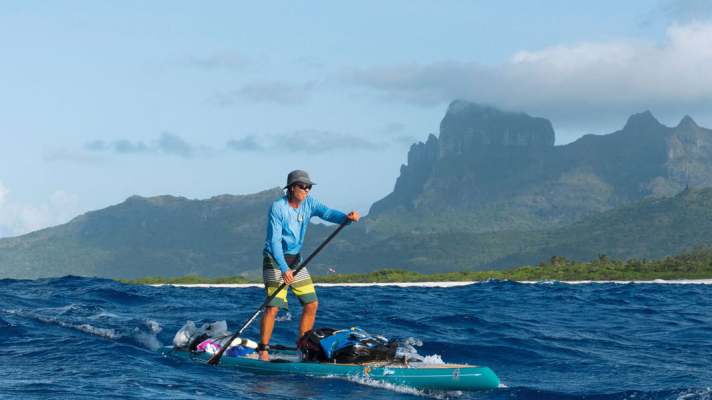
Where does your thirst for adventure come from - is it innate? Even as a child, I travelled a lot with my parents, who had a sailing school in Loodsrecht, south of Amsterdam. I first stood on a windsurfing board at the age of five. At that time, I was already fascinated by the tours that Baron Arnoud de Rosnay did (editor's note: the Frenchman crossed many straits on a windsurfer and was lost after a trip in the South China Sea). At the age of 16, I was already dreaming of surfing from South to North America. When I was on Isla Magarita, I tried to circumnavigate the island on a windsurfer, but failed due to a lack of wind. I made my first big trip on a SUP board in 2011 together with Connor Baxter in Zambia. On the flight there, I studied the world map in the in-flight magazine. And that gave me lots of ideas. One of them was that I could cross the Atlantic on a SUP board. But I realised that I would first have to prove that I could travel alone on the board for a long time. So I came up with the idea of paddling from the Big Island to Kaui as a kind of training programme.
Paddling all the Hawaiian islands - 480 kilometres, alone, for five days, without going ashore once and on a normal 14-foot board - that is probably beyond the imagination of 99.9 percent of people. Was it just training for you? Of course not. Nobody has ever done that before me. I enjoy being the first to do things. And it was particularly tough at the beginning. I started at night and had hoped to have little wind. Unfortunately, that wasn't the case and the wind came from the side and there was a strong current. I got seasick and paddled on my knees for the first five or six hours. Only when I had the wind at my back did it become a bit more pleasant to paddle.
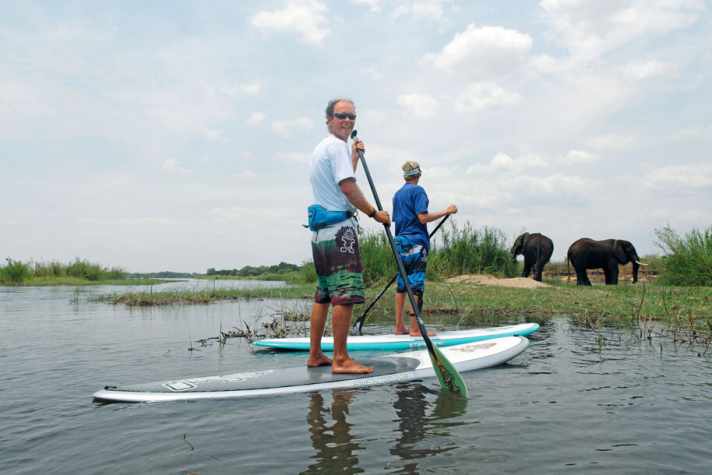
Were you able to sleep at all? I had built a kind of enclosure out of three beach air mattresses that I could inflate at night. That gave me a bit of stability and kept me reasonably dry. But I capsized twice in my sleep - that's not a nice feeling. I also had to put on extremely thick clothes to sleep in, even though I paddled in shorts during the day. I was wearing a thick neoprene winter suit and a rain jacket and trousers on top, but the cold was still almost unbearable.
Did you have a drift anchor so you didn't go off course at night? No, the wind direction always drove me a bit towards land, so I had to gain some height again during the day, but that went quite well. I only had a kind of rudder at the front of the board to stabilise the course.

How were you covered? Of course, I had a GPS tracker and several other GPSs with me, a map and compass in case the GPS failed, as well as food and water for about six days. But actually the risk wasn't very high, because with the Tradewinds I could always have paddled towards land. There was only one thing that was never allowed to happen, and that was that I would lose the board. That's why I was always connected to the board with two leashes, sometimes even three. Even when changing, I was always connected to the board with at least one leash. I also had spare paddles and leashes with me.
Did you ever think that you would have to give up? No. In my opinion, the option must not be included in your plans, because otherwise you will do it too.
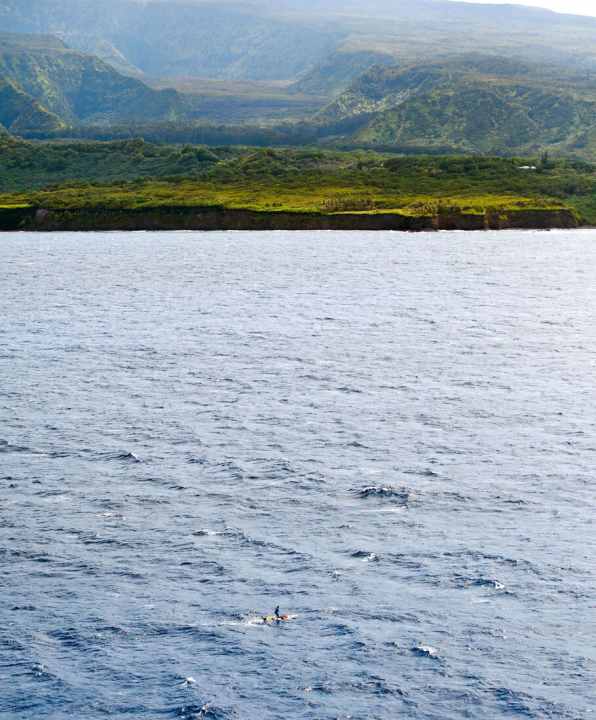
Other athletes would probably stage such a record in the media - with a lot of fanfare on arrival. With you, it all happens a bit more quietly. Why is that? I am primarily looking for a challenge for myself. I usually keep my plans a secret. I always prepare myself very well, but I don't tell many people about it. If it becomes too publicised, there's a big risk that some authorities will come and want to ban you - even though it's not actually illegal. I did a tour similar to the one in Hawaii from Tahiti to Bora Bora - it took four days.
We only found out about your trip from England to Holland when it was over. It was actually a rather short distance of 180 kilometres, but it was extremely tough. I wanted to do it in about 24 hours, but in the end it was over 30. It was very foggy, sometimes the wind came from the side or even from the front and there were a lot of ships in the English Channel.
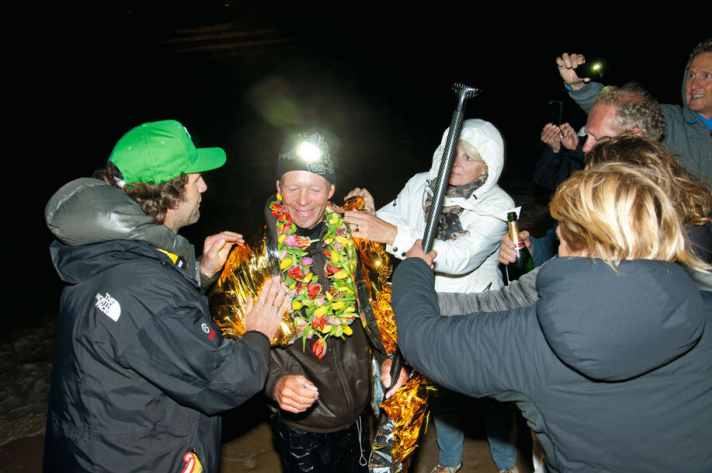
Were there any adventures that failed? I couldn't fulfil my dream of crossing the Atlantic. My wife Dagmar said "no" because the preparation and realisation would have been too time-consuming. We also have our business here and that wouldn't have been possible. And unfortunately I also had to bury my plan to circumnavigate Greenland. We had prepared everything very well, but the weather changes so quickly there and you can't really rely on any weather forecast. It was all too uncertain for me. Nevertheless, I had some of the best experiences on this trip. On one beautiful day, I crossed a bay about 60 kilometres wide. I passed calving glaciers and whales accompanied me. That was super spectacular.
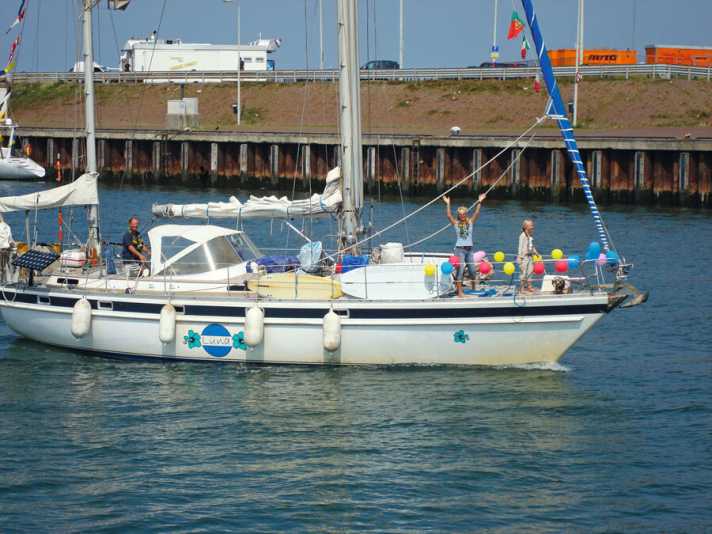
In addition to your adventures, you are also very successful in long-distance races. You have won the 11-City-Tour over 200 kilometres in your home country of Holland several times. But that is by no means the longest distance you have covered in competition. The "Yukon River Quest" covers 715 kilometres on the river through Canada. The race has a long tradition among canoe teams. Stand-up paddlers were not allowed for a long time because no one believed they could complete the race. In 2016, paddlers were allowed to take part for the first time. I also took part and won. In 2017, I won in just over 52 hours. A break of seven hours and one of three hours are compulsory. You can then eat in peace and quiet and sleep a bit - but it wasn't more than six hours in total. Of the eleven stand-up paddlers, nine made it to the finish line - one participant had hallucinations at the finish because he was dehydrated - he thought the jelly babies he had in his provisions were trying to kill him...
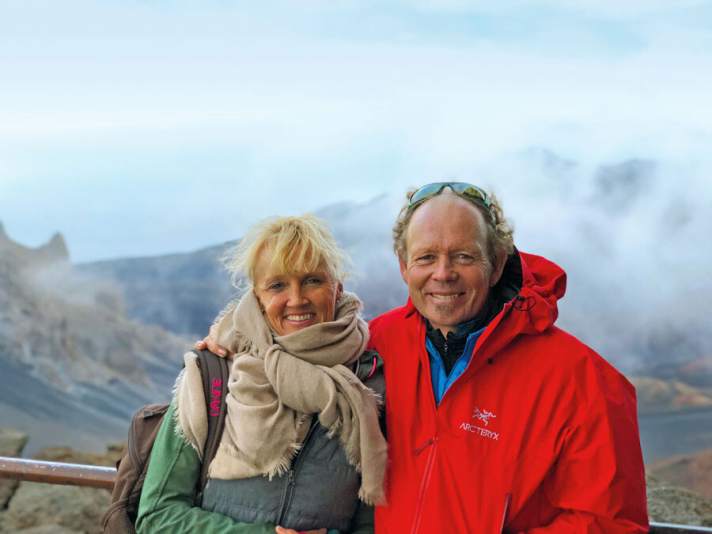
As fit as you are, you could actually take part in the World Tour. I did the same at the start of the Tour. Back then, Connor Baxter and I were already training very seriously and I was able to ride at the front. I'm a bit older now and my advantages lie in my endurance. Over ten kilometres I would have no chance of finishing on the podium - and that is always my goal. Races over 50 kilometres are interesting for me. In the Maui2Molokai downwind race, I can still get to the front in the 14-foot class. I wouldn't be able to keep up in the open class. But there's also the fact that you have to have an incredible amount of wave feeling for the extreme downwinders - it's not the fastest paddler who wins there, but the guys who were born there and grew up with the waves.
Although you are a real waterman, you have also sought out challenges on land. I used to spend a lot of time travelling in the mountains. I've also been up Mont Blanc. But many people have done that, it's nothing really out of the ordinary. I'm always looking for things that nobody has done before.
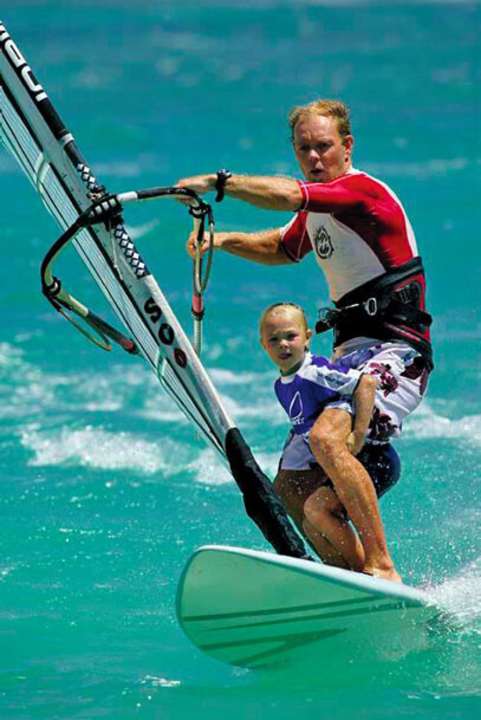
When you have once again mastered a challenge, how do you feel? After five days in which you've completely exhausted yourself and done without almost everything, you appreciate everyday things much more. That's always a very good feeling.
You're always in action - in the morning you often go surfing or paddling before the sun rises, then you're in the shop, and later you go windsurfing again. Do you ever get to relax? Sitting on the beach and reading a book is not really my thing - unless I've been paddling for a few hours beforehand. But I don't like having to work or sit at the computer after eight o'clock in the evening. Then I like to be at home and watch a good film.
Or are you making new plans? There are still many challenges ahead. My next plan is to paddle to the Marquesas Islands in the footsteps of Thor Heyerdal and his famous Kon-Tiki.
With everything you've already experienced, you really ought to write a book. I think that would only be interesting if a lot had gone really wrong on my tours and I'd still survived. No, I didn't have enough drama for that - luckily!
